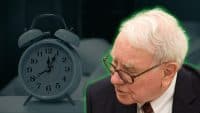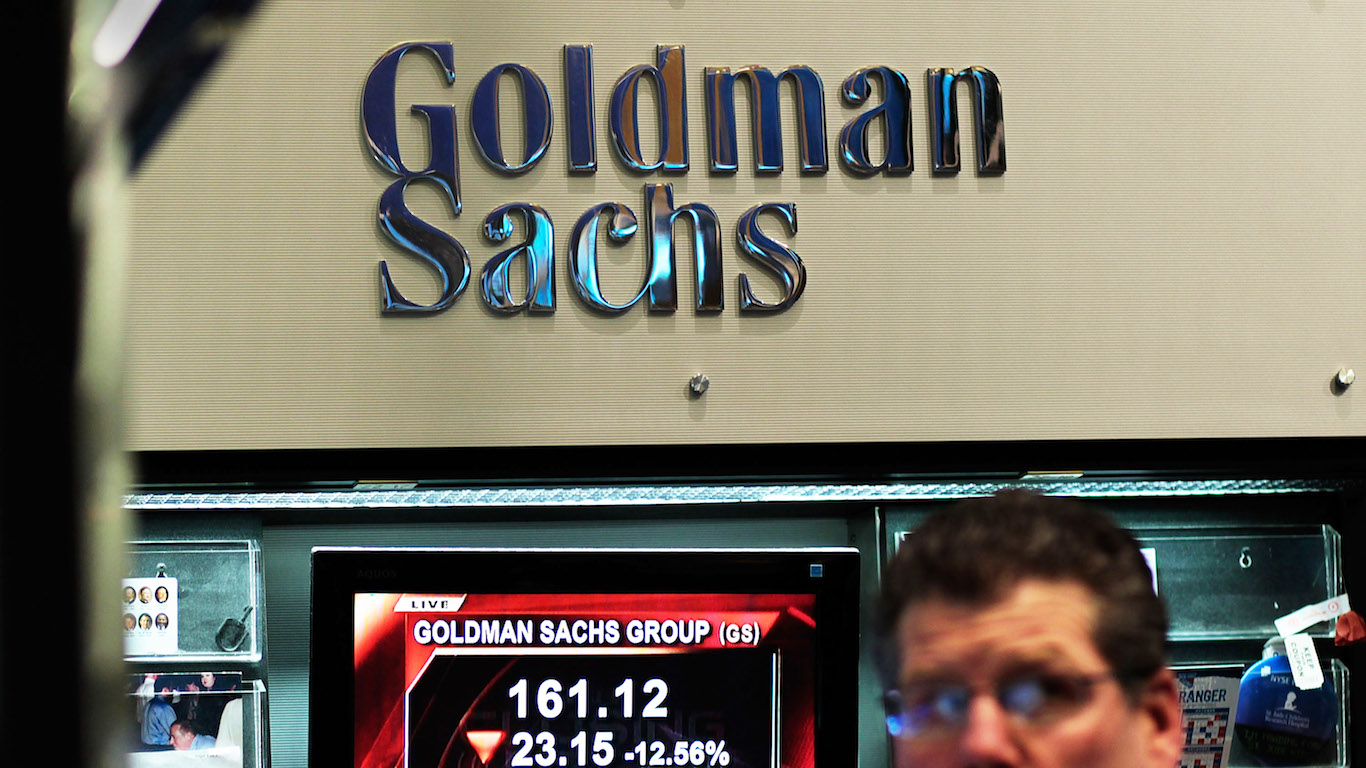When Treasury yields fall, it generally means that investors around the planet are looking for a flight to safety. Or in the extreme cases, it signals that the economy is slowing — and bonds are supposed to offer better cover for investors during that time than stocks. Some skeptical investors have pondered whether bond yields drifting mysteriously lower is increasing the chance of a recession.
For starters, first-quarter GDP went into the red. The reading was down by 1%. And retail sales, a key barometer for future production, have not exactly been barn-burning numbers. And yet somehow the S&P 500 Index hit a new all-time high of 1,924.03 on Friday. The math just doesn’t add up.
Should investors be preparing for a stock market crash, or even a new mild recession? The latter seems less likely, but sometimes stock selling comes entirely out of the blue. It can simply be the result of valuations getting too frothy. So, would a 5% sell-off spook equity investors? What about a 10% drop into correction territory? Or a 20% drop into bear market territory?
24/7 Wall St. prepared eleven ways to avoid a stock market crash. Market complacency is high, and trading volumes likely will be low this summer. That means that a sell-off, or a so-called crash, could happen without much warning — and it could happen with low market participation.
ALSO READ: American Cities With Unemployment Under 4%
So, again, what are the Treasury yields telling us? Almost every single forecaster called for longer-term interest rates to be considerably higher by mid-2014 to late-2014. Yet rates have fallen.
The two-year Treasury finished Friday at 0.34%. While that was up from the 0.32% on Thursday, it was 0.34% last week and 0.41% a month ago. The three-year Treasury yield is 0.77%, flat from a week ago but down from 0.85% a month ago. Even the five-year Treasury yield is down to 1.52%, versus 1.67% a month earlier.
Where the impact is really felt is in longer-term rates. The 10-year Treasury note ended Friday at 2.48%. It hit a low of about 2.45% this last week, but it was 2.53% a week ago and 2.65% a month ago. The 10-year yield simply isn’t supposed to drop 20 basis points when it is already so low in normal trading times.
And the 30-year Treasury ended the week at 3.33%, down from 3.40% a week earlier and from 3.46% a month ago. Again, this just isn’t normal behavior when we are supposed to have entered a rising-rate environment months ago.
Can investors just hope that this is mere allocation and foreign demand driving the interest? Maybe so, but hoping alone is often considered a very poor investment strategy.
ALSO READ: Sex and Drugs Could Add $800 Billion to U.S. GDP
100 Million Americans Are Missing This Crucial Retirement Tool
The thought of burdening your family with a financial disaster is most Americans’ nightmare. However, recent studies show that over 100 million Americans still don’t have proper life insurance in the event they pass away.
Life insurance can bring peace of mind – ensuring your loved ones are safeguarded against unforeseen expenses and debts. With premiums often lower than expected and a variety of plans tailored to different life stages and health conditions, securing a policy is more accessible than ever.
A quick, no-obligation quote can provide valuable insight into what’s available and what might best suit your family’s needs. Life insurance is a simple step you can take today to help secure peace of mind for your loved ones tomorrow.
Click here to learn how to get a quote in just a few minutes.
Thank you for reading! Have some feedback for us?
Contact the 24/7 Wall St. editorial team.





